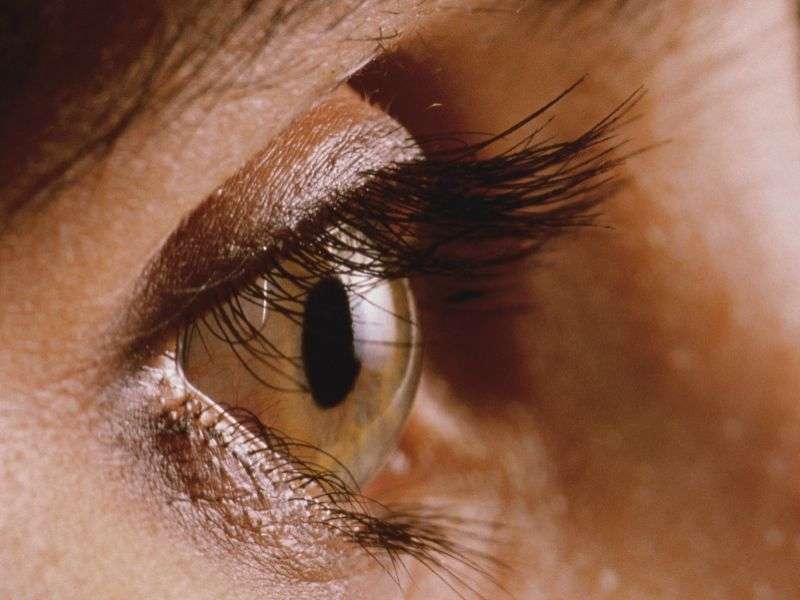(HealthDay)—Patients and health care providers have markedly divergent perceptions of barriers to diabetic retinopathy screening, according to a study published in the Oct. 6 issue of the U.S. Centers for Disease Control and Prevention's Preventing Chronic Disease.
Yang Lu, Ph.D., from the Harbor-UCLA Medical Center in Los Angeles, and colleagues collected survey data from 101 patients (41 percent male; 70 percent Hispanic) with diabetes and 44 providers and staffers at a safety-net clinic where annual diabetic retinopathy screening rates were low.
The researchers found that 55 percent of patients received diabetic retinopathy screening in the previous year. More barriers to screening were reported in patients who could not explain why this screening is needed (P = 0.02). Patients and staff differed in reporting of important barriers. Providers considered the following very or extremely important (P < 0.001): transportation (15 percent), language issues (15 percent), cultural beliefs or myths (4 percent), denial (8 percent), and fear (5 percent). For patients, financial burdens (26 percent) and depression (22 percent) were most commonly reported as barriers considered very or extremely important (P < 0.001).
"These results suggest a need for active community engagement to find key elements for education programs and other interventions to increase rates of diabetic retinopathy screening, particularly among low-income, minority populations," the authors write.
More information: Full Text
Copyright © 2016 HealthDay. All rights reserved.























